Microtest offers complete testing solutions for magnetic components
2022/10/21 | By Tingyu Chao | MICROTEST CORPORATION.
Ensure quality through inspecting magnetic saturation, layer shorts, and magnetic conductivity
The global electric vehicle (EV) market is still trending and experiencing rapid growth despite the unfavorable economy. The popularization of EVs has further sped up automotive brands’ transition into the EV sector and set the ball rolling faster for suppliers to develop components and parts that can keep up with the fast-paced advancements. The EV industry is now leaning towards technologies that improve high power density and high conversion efficiency, such as integrating SiC components that help slim down the size of OBC solutions while decreasing power loss to improve power density. Such applications represent how EV power management technologies are trending towards all-in-one battery power modules.
Automobile brands consider magnetic components crucial for improving EV charging efficiency and mileage, which helps create higher conversion efficiency for charging modules. As a result, the SiC components within magnetic components require upgrades, such as how designs for DC charging poles have transitioned from traditional transformers to high-frequency planar transformers. The latter boasts the advantages of smaller volume and can provide power as high as 20KW, frequency settings at 2MHz, and efficiency performance of around 98%, making it a suitable choice for compact DC charging poles at home.
On the other hand, molding power inductors feature advantages like higher current, saturation, and Q-value in a smaller package compared to traditional inductors. Molding power inductors are widely used in EV DC-DC converters and ADAS systems. For powertrains, EV maker Tesla’s Model 3 uses permanent-magnet synchronous motors with smaller volume, less weight, and higher efficiency characteristics. With EV usage trending towards more situations requiring frequent powering on and off, magnetic components with better quality magnetic materials and coiling techniques are now considered critical factors for reliable power management in EVs.
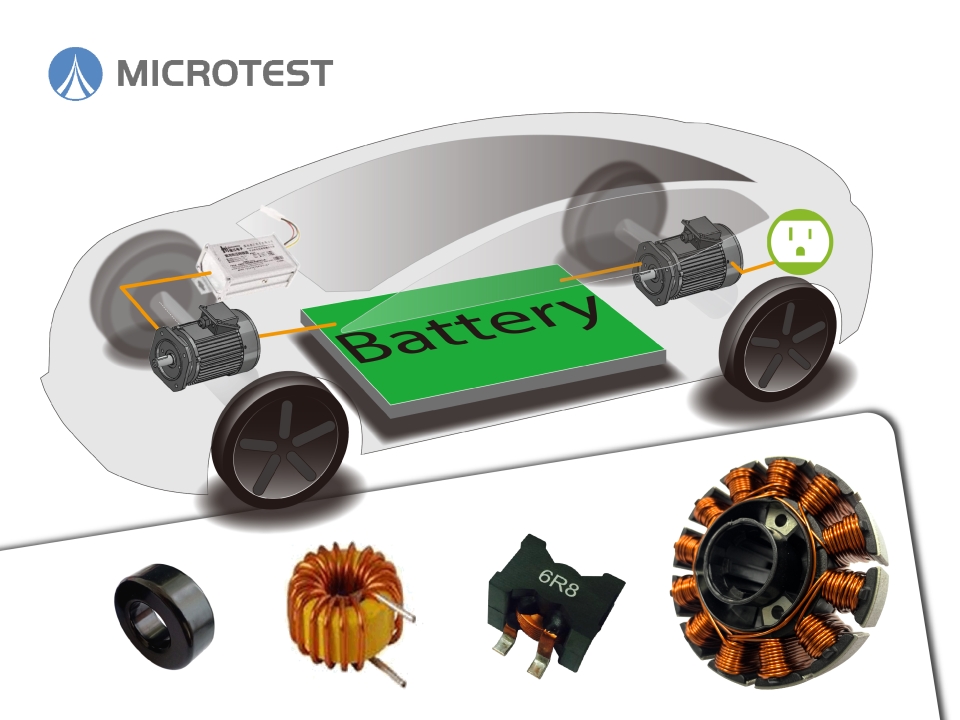
Microtest testing equipment enforces quality inductors/motors/transformers
Microtest 7750 Impulse Winding Tester
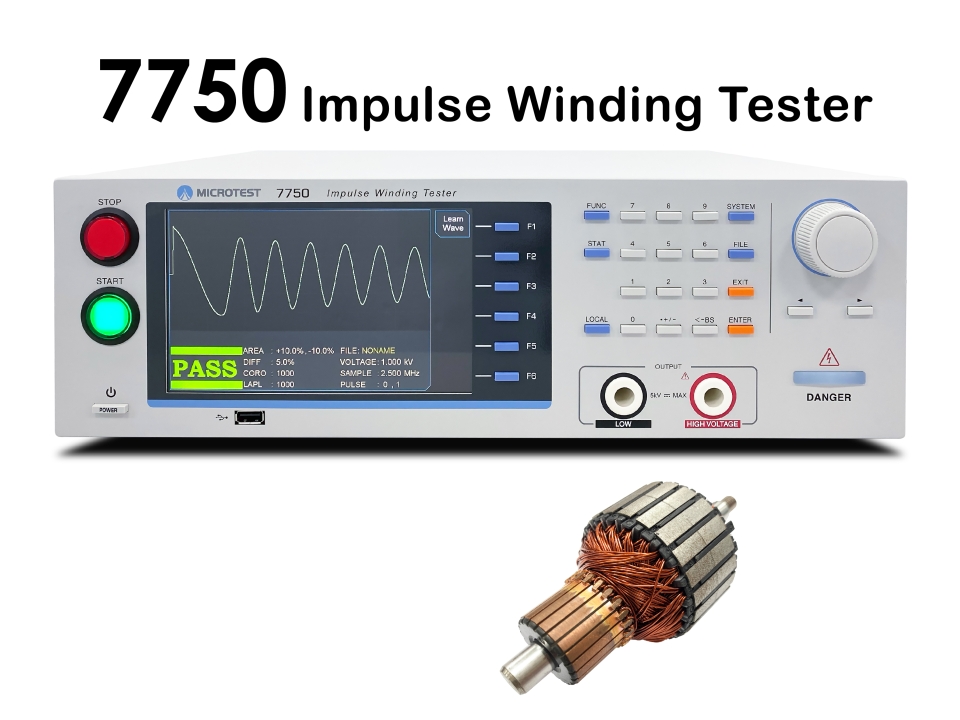
Motors, inductors, and transformers contain magnetic cores and coil windings. If these components are made with poor-quality layer insulation, it could cause short circuits and burnt parts. As safety is paramount in EVs, Microtest offers testing and inspection solutions for EV-use magnetic components ranging from materials to components. Microtest’s newest equipment, the 7750 Impulse Winding Tester, focuses on inspecting the quality of the coil windings, as improperly wound coils could lead to layer shorts. The 7750 uses non-destructive, high-pressure impulse technology and 200MHz/9bit high impulse test sampling rate to measure and compare wave resonance in inductors and capacitors and to identify layer shorts caused by wire snags, solder shorts, and damaged coil insulation layers. Engineers can also use the 7750 to test low molding power inductors with high-speed precision tests specifically.
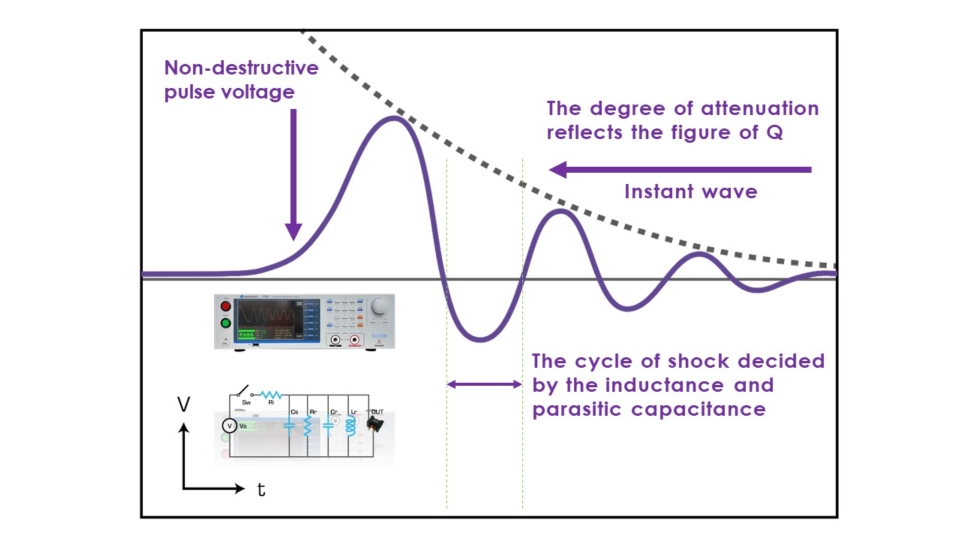
Microtest 6243 DC Bias Current Test System
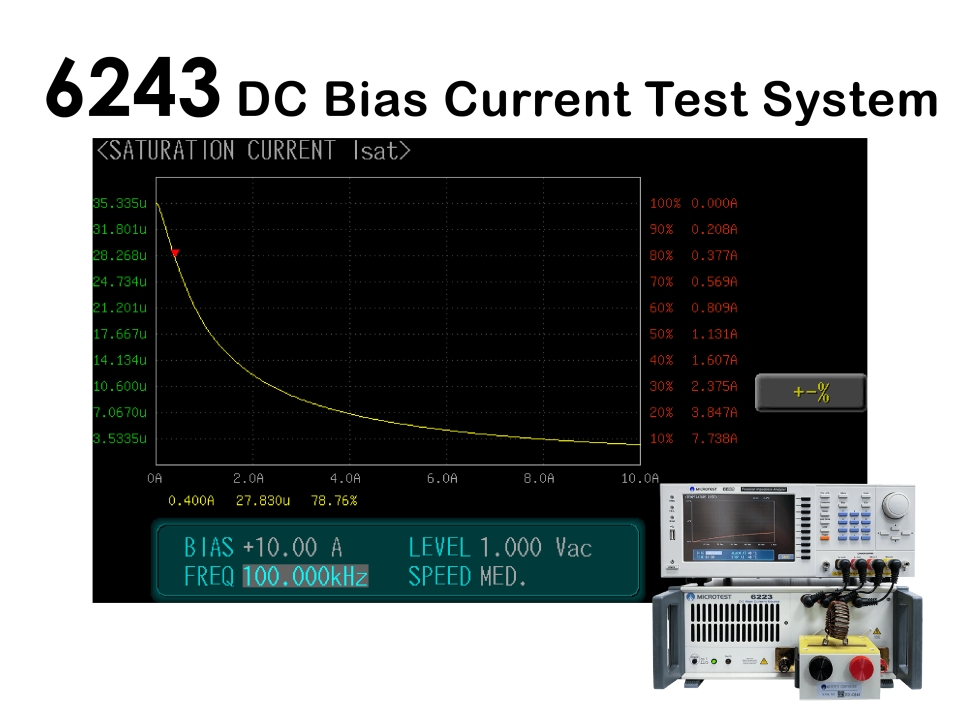
When transformers enter a magnetic saturation state, the primary winding of the inductors will see lowered inductance, leading to increased copper resistivity and power in the internal MOSFET and could potentially overwhelm circuits and damage the MOSFET. Microtest’s 6243 DC Bias Current Test System is a valuable tool for engineers to address magnetic saturation issues. It is tuned towards inspecting and analyzing transformers and inductors’ high-frequency, maximum power output, magnetic saturation curve, and rated current curve, using DC bias current at 320A max and frequency response at 10MHz. As a result, the 6243 is highly regarded as the must-have in any R&D engineer’s toolkit for certifying component Ampacity values.
Microtest 6632 Impedance Analyzer
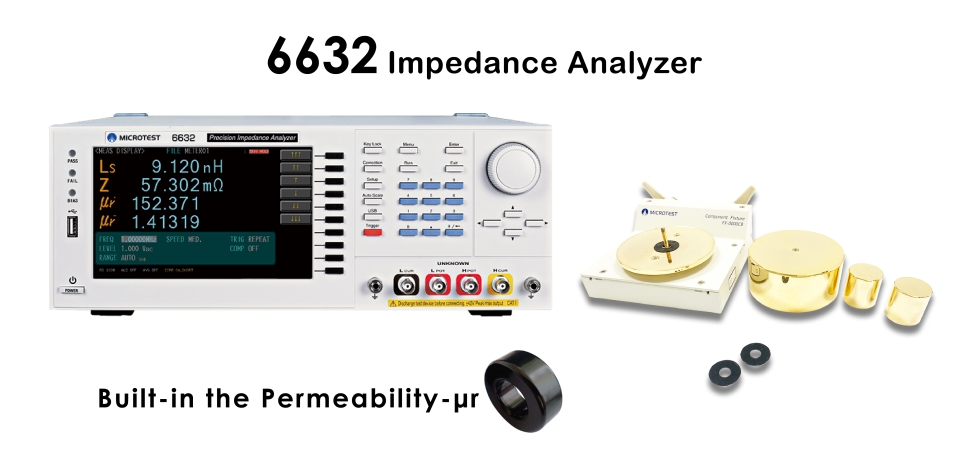
Chokes are used to block high-frequency alternating currents. Therefore, the magnetic core materials used to improve choke inductance performance to its highest efficiency are crucial, with metal, cobalt, and nickel as the three most commonly-used magnetic elements. Magnetic saturation is a physical characteristic of magnetic materials, meaning that when saturation reaches a certain level, it causes damage to the quality of the material. On the other hand, magnetic permeability is also an important indicator of magnetic materials. Therefore, both magnetic saturation and magnetic permeability are essential parameters for engineers to consider and balance when designing chokes. To make this process easier for engineers, Microtest offers a solution for analyzing and testing magnetic saturation and permeability, the 6632 Impedance Analyzer, which features built-in permeability measurement (μr'/ μr’') functions with a frequency range between 10Hz to 50MHz. In addition, the 6632 is equipped with dedicated fixtures to conduct sweep mode analysis of permeability performance.

